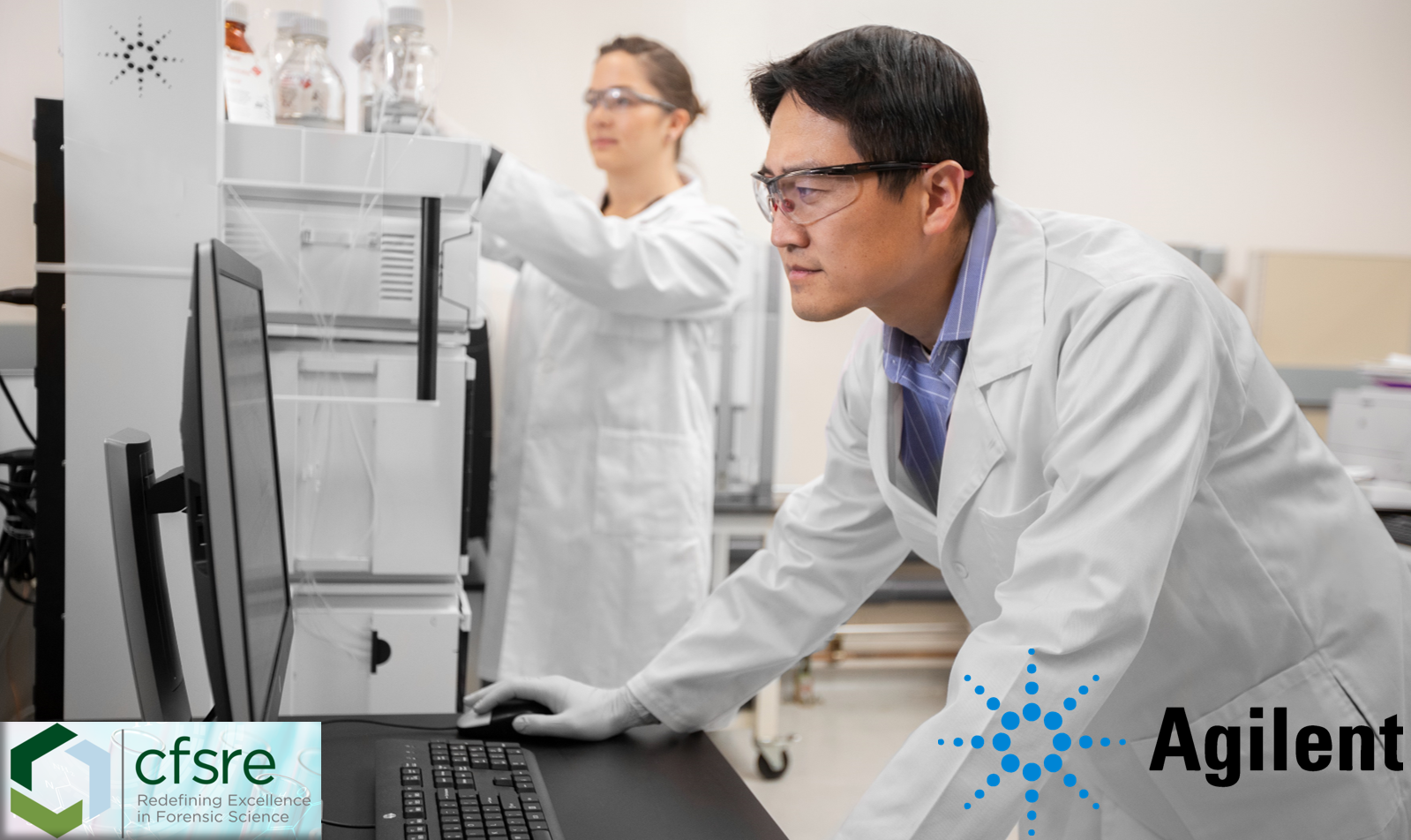 |
Login
This event originally occurred on April 21st, 2021Sponsored by Agilent Technologies:
Potency testing in edibles is challenging because each edible has a unique consistency and they each suffer from distinctive analytical challenges. During this 30 minutes, you will learn how to avoid laborious grinding steps. You will also get tips and tricks to optimally extract cannabinoids and get the cleanest samples. Learn how to remove fat from samples without losing you analytes of interest. Testing chocolate, cookies and lotions will never be painful anymore. Discover a way to process all gummy types with a single and simple procedure. Find a way to reach lower detection limits and better accuracy in THC-Infused beverages. Adopting these simple procedures will increase the number of samples you can process per hour and enable you to get the most accurate and robust quantification of THC and other drugs in those difficult samples. Identifying fentanyl analogs and other types of illicit drugs with structural and isomeric similarities can be demanding by GCMS. During this 30-minutes, you will discover some of the specific tools within the MassHunter Unknowns Analysis software to reduce the difficulty of identifying compounds and coeluting peaks in a matrix. You will also learn the ease of generating a library database using Unknowns Analysis along with developing and incorporating retention times, retention indices, and retention time penalties with your data review process. In addition, complex mixtures and matrices require background subtraction for improved library matching scores. Discover how Unknowns Analysis utilizes Agilent’s deconvolution algorithm on single quadrupole scan data and Agilent’s SureMass algorithm employing high resolution mass spectral (HRMS) data. Applying a combination of some or all these tools will result in an enhanced level of confidence during analyte identification and an improvement in efficiency throughout the data review process. Detailed Learning Objectives:
|